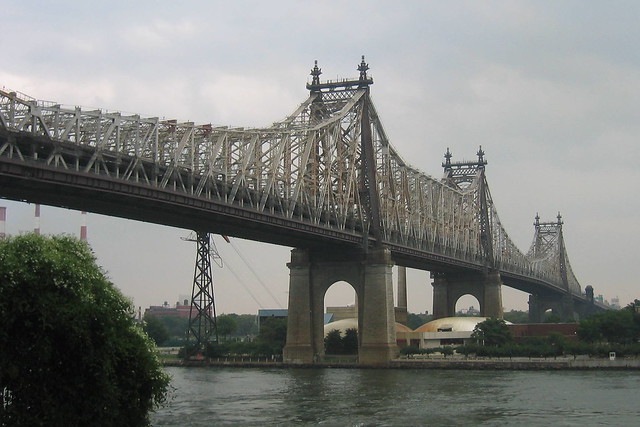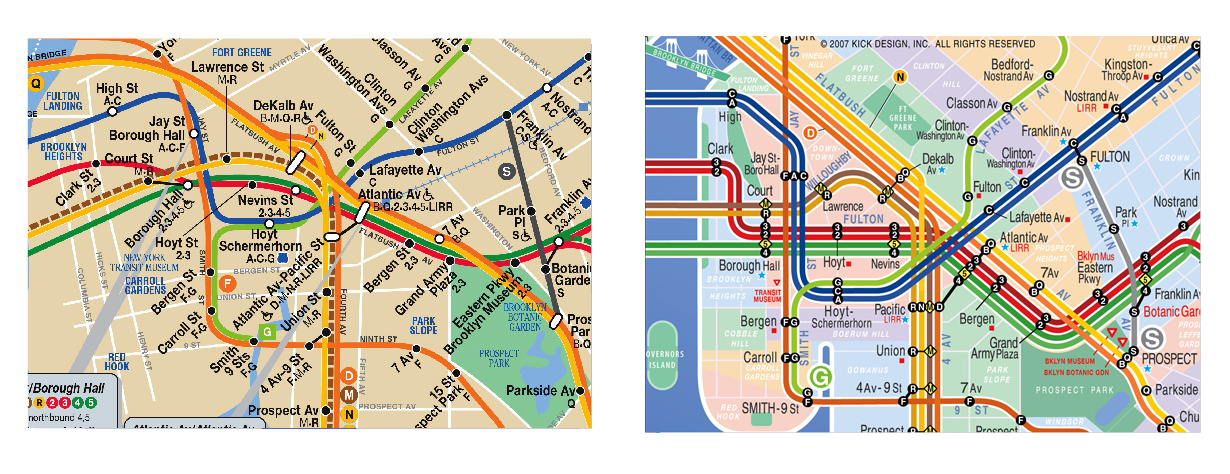
Where: On the platform at the station currently known as Jay St. – Borough Hall
Via loyal SAS reader Jeffrey, who sent this photo in via his Twitter account, comes a snapshot of things to come in Downtown Brooklyn. As I reported over the weekend, the connection between the Jay St. – Borough Hall stop on the A/C/F and the Lawrence St.-MetroTech station on the R will open at 1 p.m. tomorrow, and the MTA wants everyone to know about the station’s new name. I’ll be at the ribbon-cutting in the morning, and I’ll try to take some photos of the new passageway. So far, all we’ve seen is a video. The changes should be reflected on the subway map in the upcoming weeks.

 The Straphangers Campaign does not think 2010 was a banner year for public transit in New York City. The rider advocacy group released their annual list of Top Tens today, and while they managed to put together a list of the top ten best stories of the year, their top ten worst are more sobering. The list includes fare hikes, service cuts and ever-increasing budget gaps, and it portends rough seas ahead for the MTA.
The Straphangers Campaign does not think 2010 was a banner year for public transit in New York City. The rider advocacy group released their annual list of Top Tens today, and while they managed to put together a list of the top ten best stories of the year, their top ten worst are more sobering. The list includes fare hikes, service cuts and ever-increasing budget gaps, and it portends rough seas ahead for the MTA. 







